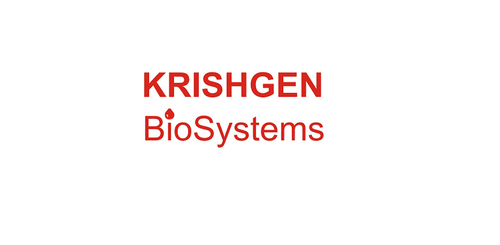Product Description
Rat Heparin-binding EGF-like growth factor (HBEGF) ELISA Kit | AE58576RA | Abebio
Species Reactivity: Rat (Rattus norvegicus)
Abbreviation: HBEGF
Alternative Name: DTR; DTS; DTSF; HEGFL; diphtheria toxin receptor (heparin-binding EGF-like growth factor) |diphtheria toxin receptor (heparin-binding epidermal growth factor-like growth factor) |heparin-binding epide
Application: ELISA
Range: 15.6-1000 pg/mL
Sensitivity: 6.1 pg/mL
Intra-Assay: ≤4.5%
Inter-Assay: ≤9.8%
Recovery: 0, 97
Sample Type: Serum, Plasma, Other biological fluids
Detection Method: Sandwich
Analysis Method : Quantitive
Test Principale: This assay employs a two-site sandwich ELISA to quantitate HBEGF in samples. An antibody specific for HBEGF has been pre-coated onto a microplate. Standards and samples are pipetted into the wells and anyHBEGF present is bound by the immobilized antibody. After removing any unbound substances, a biotin-conjugated antibody specific for HBEGF is added to the wells. After washing, Streptavidin conjugated Horseradish Peroxidase (HRP) is added to the wells. Following a wash to remove any unbound avidin-enzyme reagent, a substrate solution is added to the wells and color develops in proportion to the amount of HBEGF bound in the initial step. The color development is stopped and the intensity of the color is measured.
Product Overview: Heparin-binding EGF-like growth factor (HB-EGF) is a member of the EGF family of proteins. It has been shown to play a role in wound healing, cardiac hypertrophy and heart development and function. Diphtheria toxin inhibits protein synthesis in eukaryotic cells by catalyzing inactivation of elongation factor-2 (EF2) . Entry of toxin into cells is dependent on binding to the cell surface. Mice and rats are resistant to diphtheria toxin, and the resistance extends to cultured cells. Mouse-human hybrid cells are sensitive to diphtheria toxin. Creagan et al. (1975) showed that sensitivity is determined by human chromosome 5, which presumably carries a gene for a receptor for toxin.
Stability: The stability of ELISA kit is determined by the loss rate of activity. The loss rate of this kit is less than 5% within the expiration date under appropriate storage condition. The loss rate was determined by accelerated thermal degradation test. Keep the kit at 37°C for 4 and 7 days, and compare O.D.values of the kit kept at 37°C with that of at recommended temperature. (referring from China Biological Products Standard, which was calculated by the Arrhenius equation. For ELISA kit, 4 days storage at 37°C can be considered as 6 months at 2 - 8°C, which means 7 days at 37°C equaling 12 months at 2 - 8°C) .
 Euro
Euro
 USD
USD
 British Pound
British Pound
 NULL
NULL












